Classic cars are revered not just for their iconic shapes and powerful engines, but also for their distinctive rallye wheels. These wheels are more than just a stylistic choice; they are deeply rooted in automotive history and culture, offering both performance benefits and a nod to racing heritage.
The Evolution of Rallye Wheels
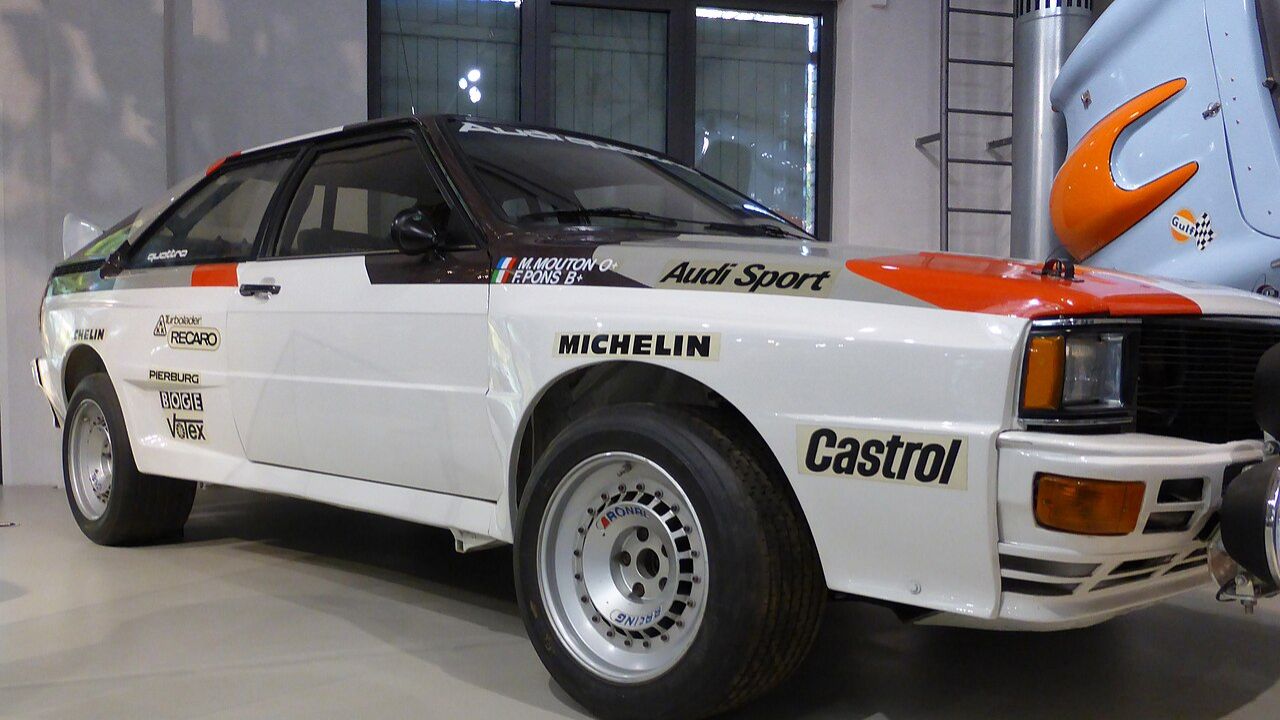
Rallye wheels first gained prominence in the 1960s and 70s, an era marked by significant advancements in automotive technology and design. Originally inspired by the demands of the racing world, these wheels were designed to meet the rigorous standards of motorsport competition. Their inception can be traced back to the need for a wheel that could withstand the high speeds and demanding conditions of rally racing. The term “rallye” itself is indicative of their racing pedigree, showcasing their roots in events that tested the limits of both vehicle and driver.
The design and engineering of rallye wheels were revolutionary at the time. By focusing on lightweight materials and a robust structure, manufacturers were able to create wheels that offered improved performance without sacrificing durability. The introduction of materials such as aluminum and magnesium alloys allowed for a reduction in unsprung weight, which in turn enhanced the vehicle’s handling and responsiveness. This innovation in wheel design quickly caught the attention of car enthusiasts and manufacturers, leading to a surge in popularity that saw rallye wheels become a standard feature on many classic cars.
The widespread adoption of rallye wheels was fueled by several factors, including their performance advantages and their aesthetic appeal. Car enthusiasts were drawn to the bold, aggressive look of these wheels, which complemented the powerful lines and curves of classic cars. Manufacturers recognized this demand and began offering rallye wheels as both standard and optional features on a variety of models, further solidifying their status as an iconic element of automotive design. This trend was especially evident in American muscle cars, where rallye wheels became synonymous with performance and style.
Performance Advantages
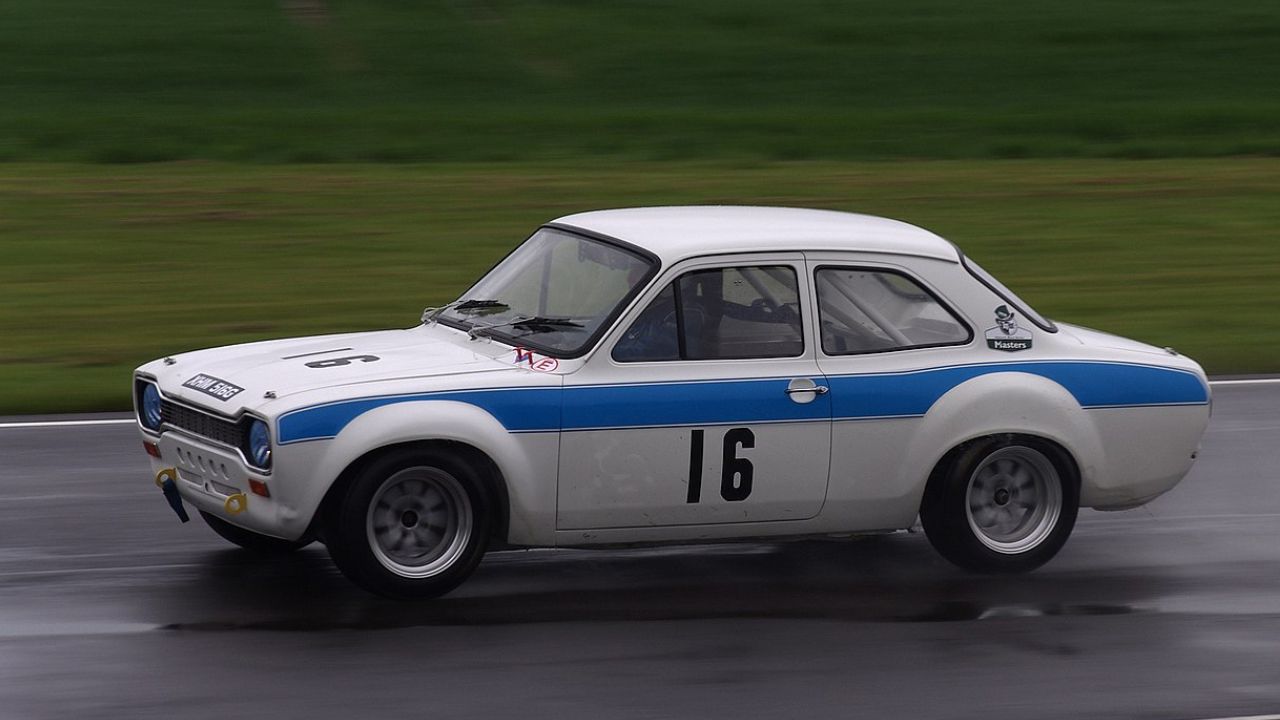
One of the primary reasons for the popularity of rallye wheels was their impact on vehicle handling. The design of these wheels, characterized by a wider stance and robust construction, provided improved stability and grip on the road. The increased contact patch with the pavement allowed for better handling characteristics, especially during high-speed maneuvers and cornering. This was a significant advantage for both everyday drivers and racing teams, as it translated to enhanced control and confidence behind the wheel.
Durability and strength were also key factors that set rallye wheels apart from traditional options. Constructed from high-quality materials and engineered to withstand the rigors of racing, these wheels were built to last. The use of advanced manufacturing techniques, such as cast and forged designs, ensured that rallye wheels could endure the stresses of motorsport competition without compromising on performance. This durability made them an attractive choice for car enthusiasts who valued reliability and long-lasting performance.
The impact of rallye wheels on racing cannot be overstated. By providing a competitive edge on the track, these wheels played a crucial role in the success of many racing teams. Their ability to enhance performance in motorsports was a testament to their engineering excellence, and their legacy continues to be felt in the world of racing today.
Cultural and Aesthetic Impact
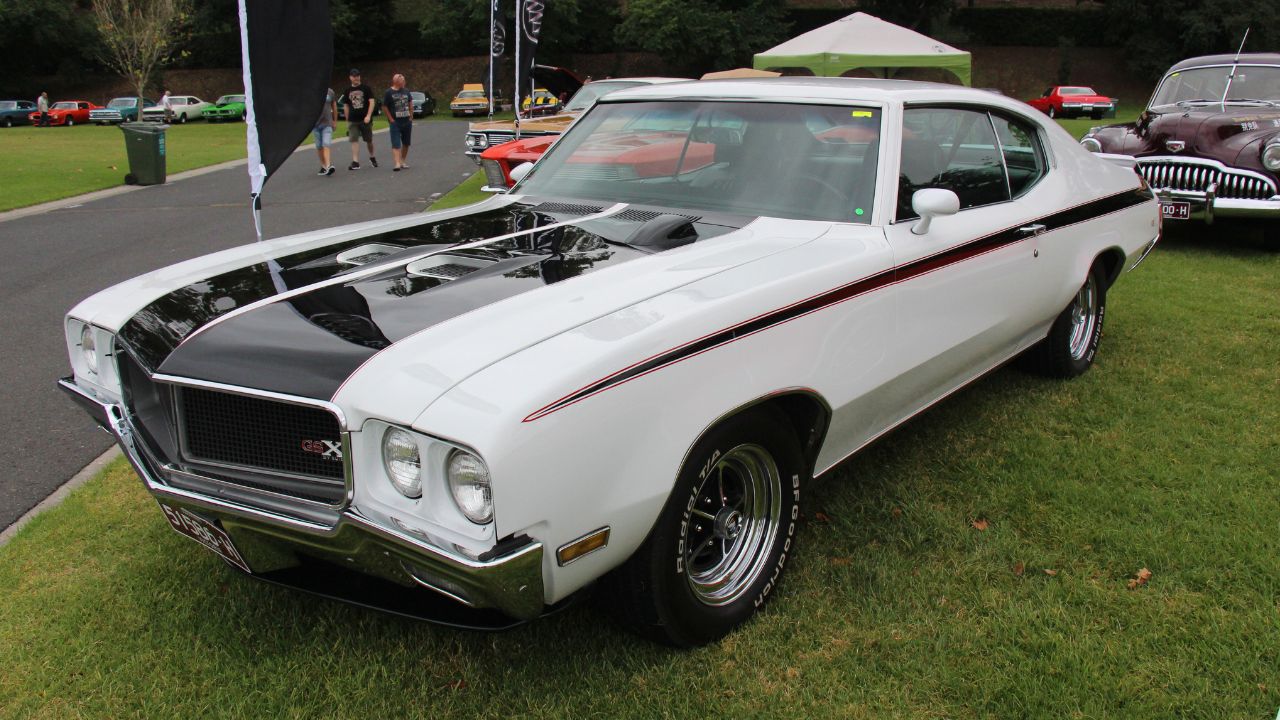
The iconic design of rallye wheels has left an indelible mark on the classic car era. Their distinctive look, often featuring bold patterns and striking finishes, has become a symbol of the style and sophistication of vintage vehicles. This aesthetic appeal has transcended generations, with rallye wheels continuing to be a sought-after feature for classic car enthusiasts and collectors alike. The visual impact of these wheels is a testament to their timeless design and enduring popularity.
Rallye wheels have also played a significant role in the car customization culture. Enthusiasts looking to replicate the racing aesthetics of their favorite cars often turned to rallye wheels as a means of personalizing their vehicles. This trend was especially prevalent in the hot rod and muscle car communities, where the addition of rallye wheels was seen as a badge of honor.
In the realm of collectibility and preservation, rallye wheels have become prized among collectors and restorers of classic cars. Their historical significance and association with iconic models make them a valuable addition to any vintage vehicle. Enthusiasts and organizations dedicated to preserving automotive history often focus on maintaining the authenticity and craftsmanship of rallye wheels, ensuring that future generations can appreciate their contributions to the automotive world.
The Legacy of Rallye Wheels
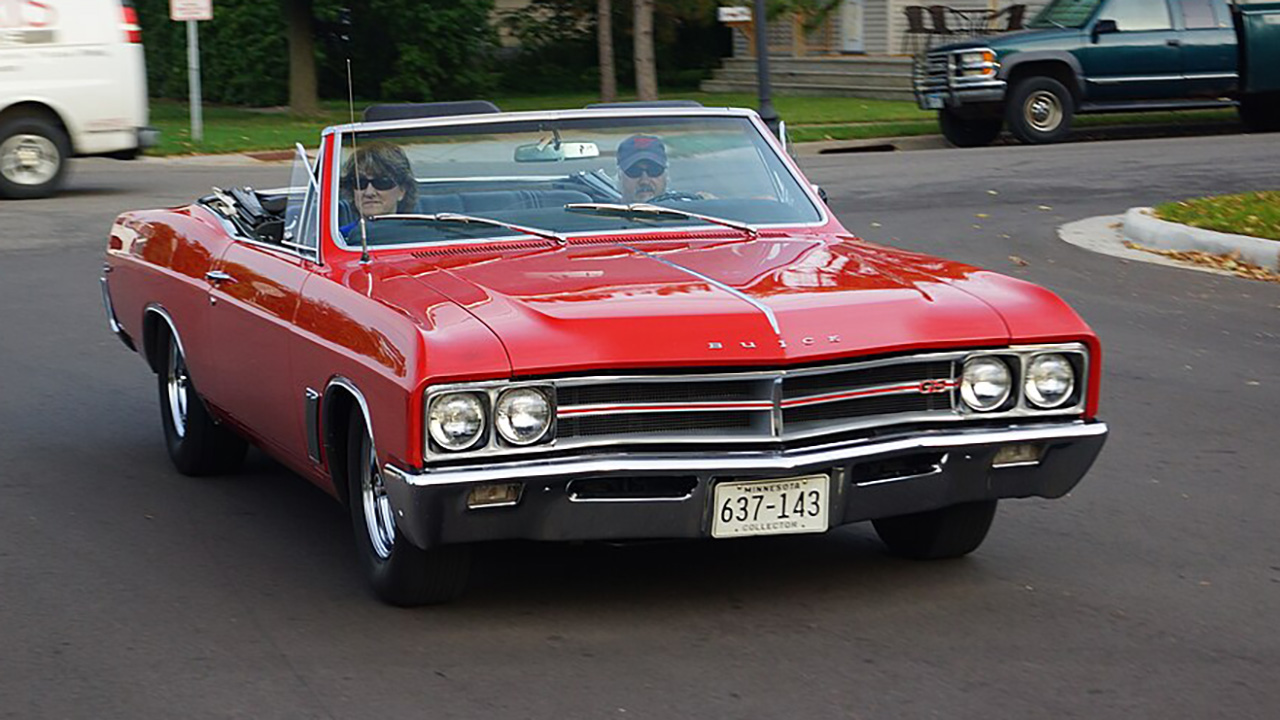
The enduring popularity of rallye wheels in the classic car community is a testament to their lasting impact. Even today, these wheels continue to be sought after by collectors and enthusiasts who appreciate their historical significance and timeless design. The influence of rallye wheels can also be seen in modern wheel designs, where their aesthetic elements have inspired new generations of automotive styling. This connection between past and present highlights the lasting legacy of rallye wheels in the world of automotive design.
Efforts to preserve the history and craftsmanship of rallye wheels are ongoing, with many enthusiasts and organizations working to ensure that these iconic wheels remain an integral part of the classic car landscape. By maintaining the authenticity and quality of rallye wheels, these efforts help to keep the spirit of automotive history alive for future generations.
The Future of Rallye Wheels in Classic Cars
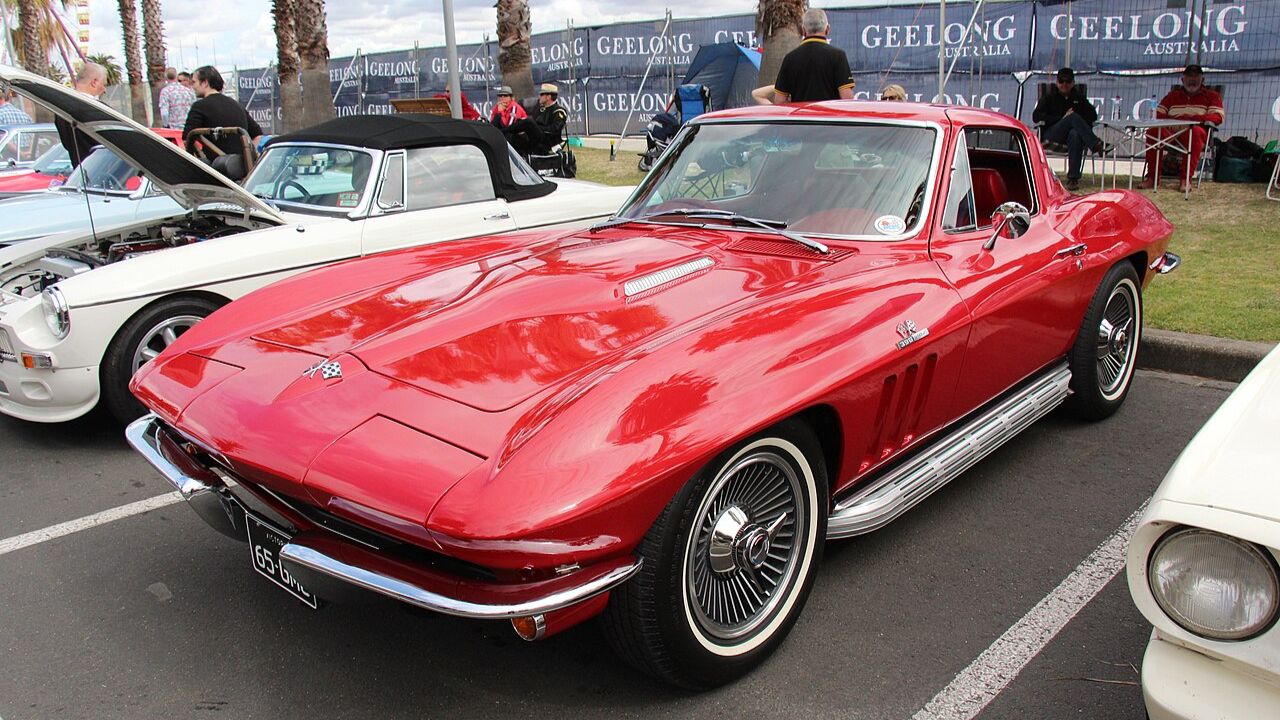
Restoration trends in the classic car community continue to emphasize authenticity, with many enthusiasts choosing to restore their vehicles with original rallye wheels. The demand for these wheels remains strong, as collectors and restorers seek to capture the essence of the classic car era. This trend is indicative of a broader movement within the classic car world, where preserving the original character and charm of vi ntage vehicles is a top priority.
Technological innovations in the automotive industry present exciting opportunities for the adaptation of rallye wheels with modern technology. Advances in materials science and manufacturing techniques could lead to improved performance and sustainability, allowing rallye wheels to remain relevant in an ever-evolving automotive landscape. As the industry continues to evolve, the potential for new applications and enhancements to rallye wheels is vast.
Sustainable practices are also becoming increasingly important in the production and restoration of rallye wheels for classic cars. By focusing on environmentally-friendly manufacturing processes and materials, the automotive industry can ensure that the legacy of rallye wheels is preserved for future generations. These efforts align with a growing emphasis on sustainability within the classic car community and the automotive world as a whole.
Like Fast Lane Only’s content? Be sure to follow us.
Here’s more from us:
*Created with AI assistance and editor review.

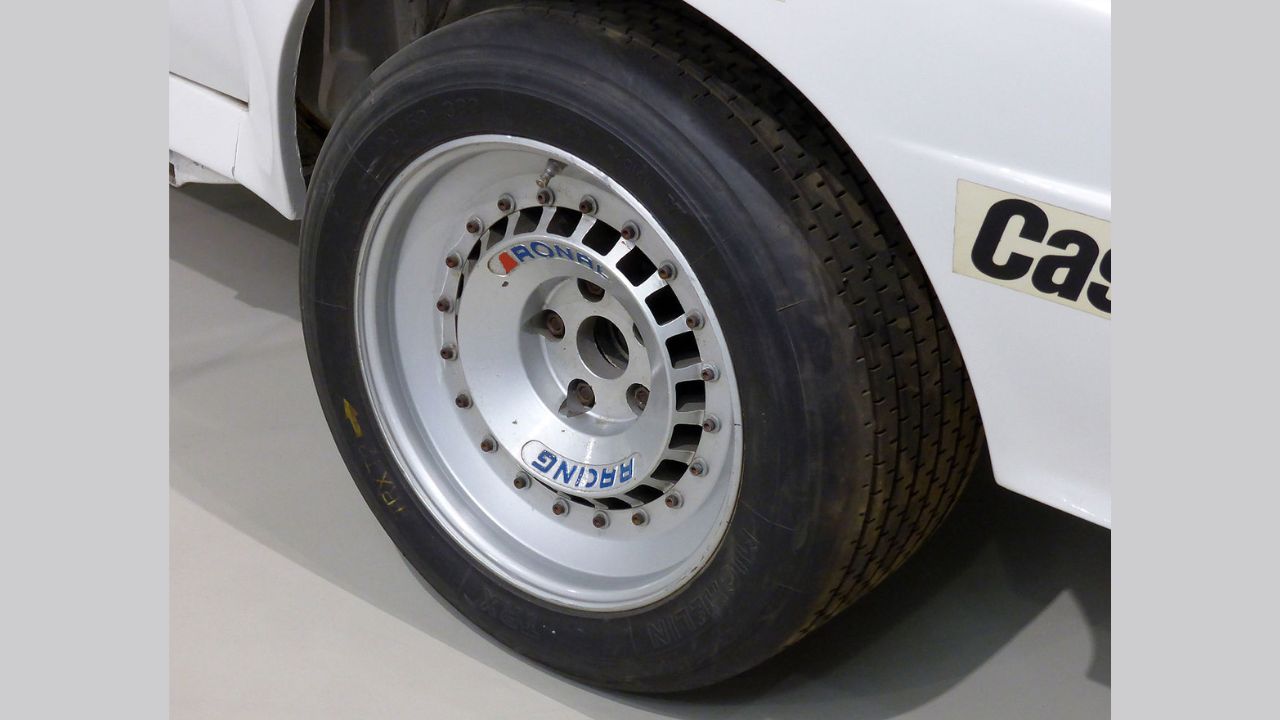
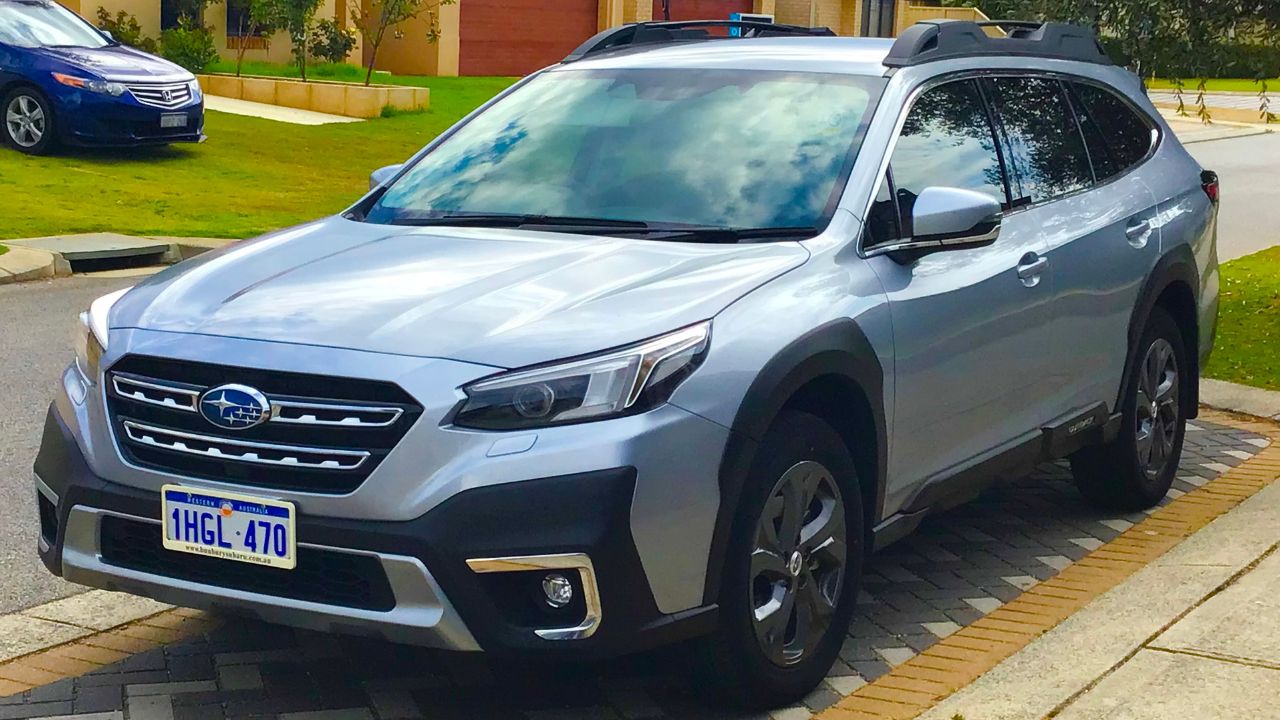

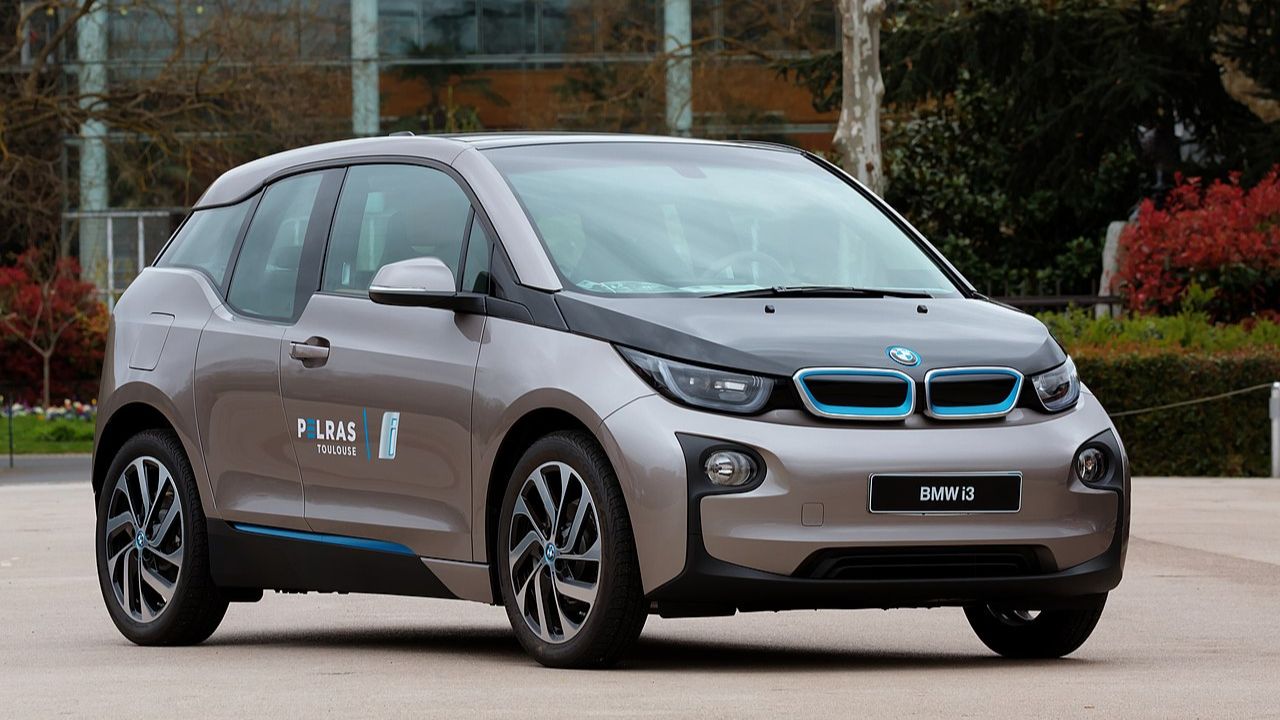
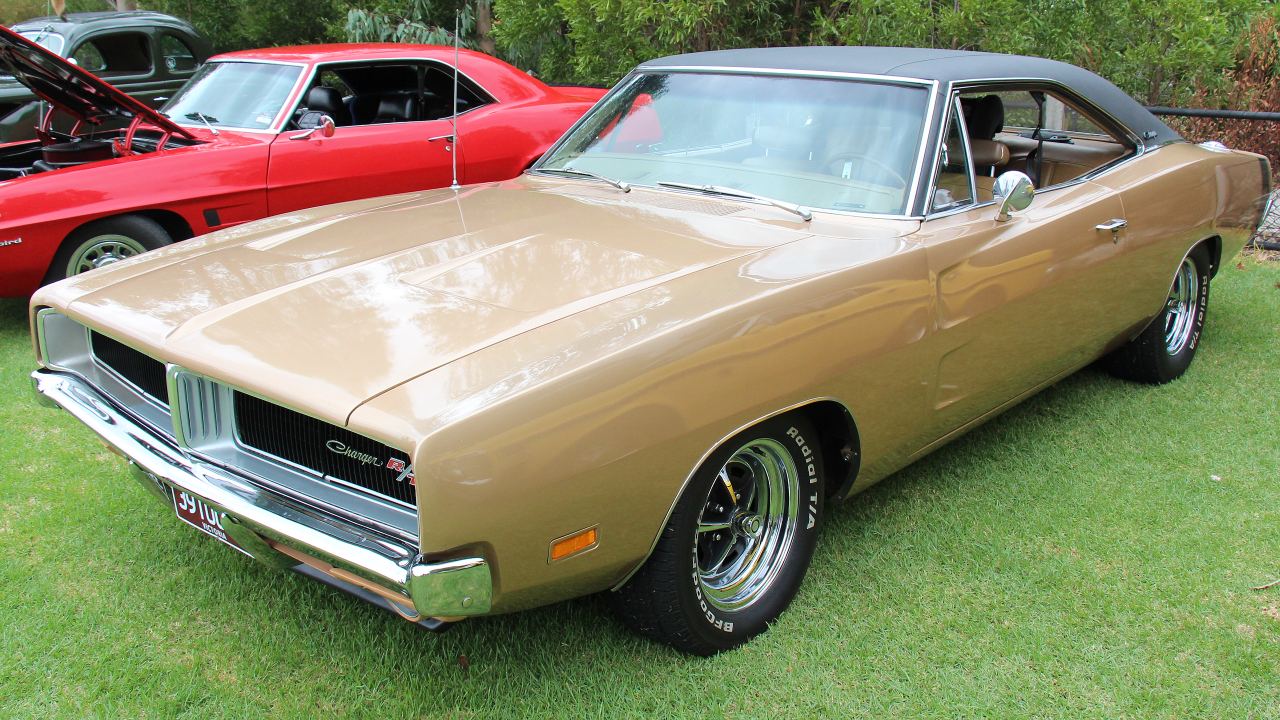
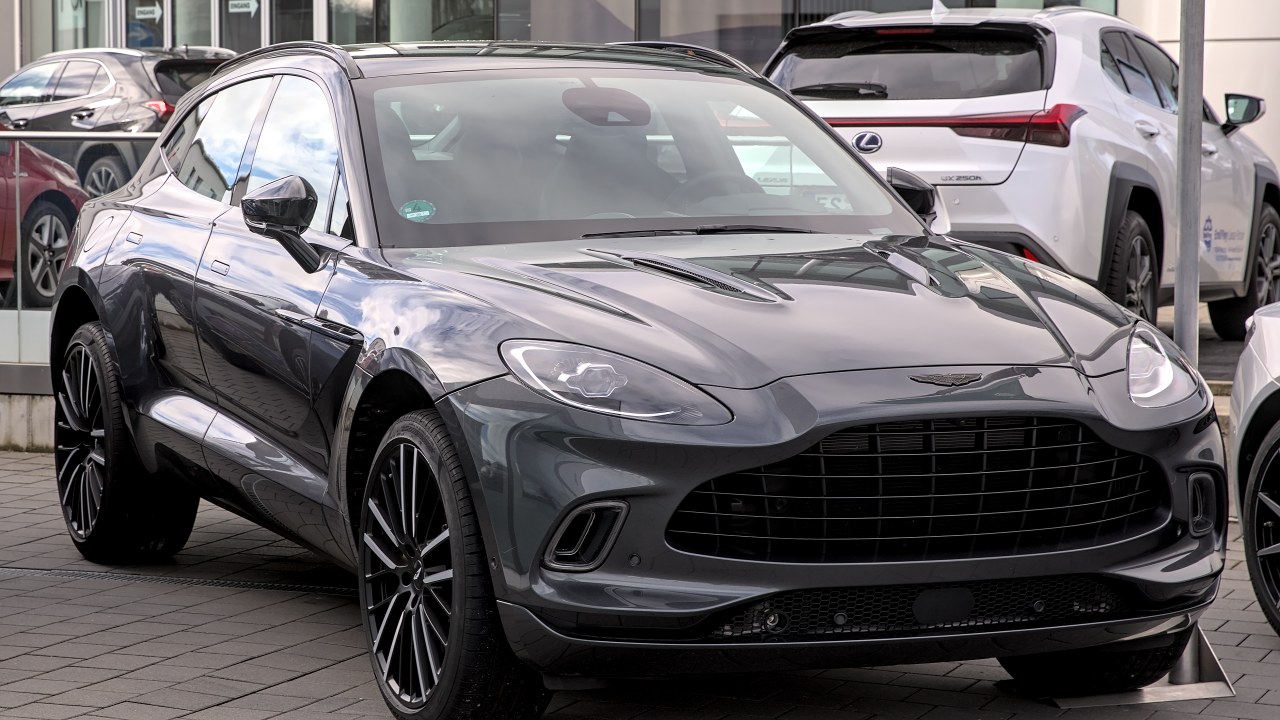
Leave a Reply